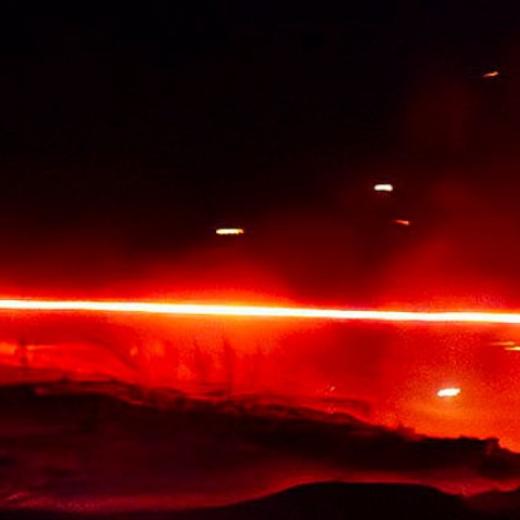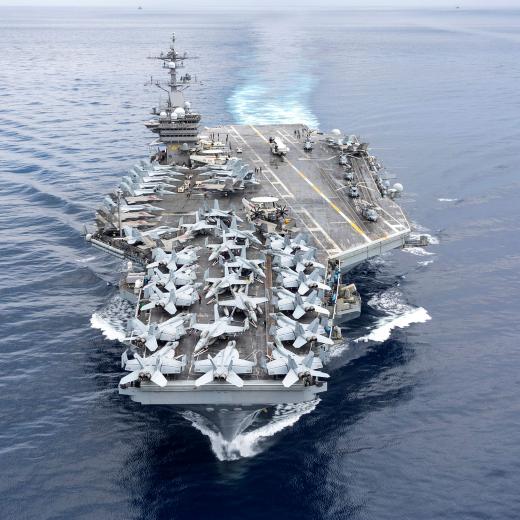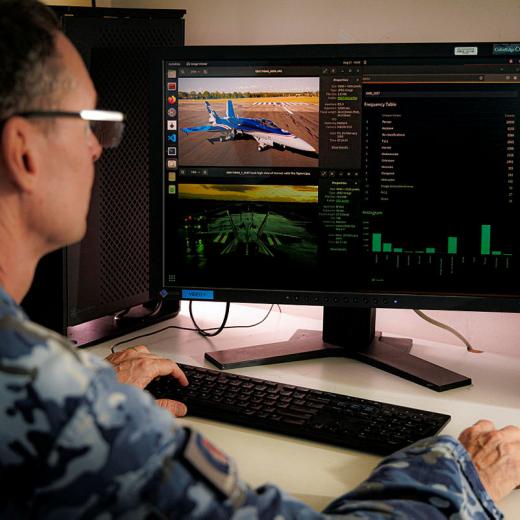BLUF
Mining for minerals on other planets may once have been the stuff of science fiction but this potential US$1 trillion industry will be crucial if the dream of building cities in space is to become a reality.Summary
This article by Neil Martin, writing for UNSW Newsroom, identifies the following points:
- Off-earth mining will likely be vital if humans are to colonise Mars or the Moon.
- Water is the most important material but another very useful material is regolith—loose deposits of dust and small rocks on the surface of planetary bodies. These could be used as a cement material to build shelters for people living there.
- Research has shown that asteroids are concentrated in terms of the minerals they have available. One 2km-wide asteroid which was analysed indicated it contained more nickel than was present on the whole of the earth.
- For more things you never knew about off-Earth mining, see full article (link below).
References
Recent Runway Posts related to this topic:
- Nasa’s Webb Telescope Smashes Its Sixth Crucial Milestone In Space | The Runway (airforce.gov.au)
- Keep looking up: Australia’s next steps in space surveillance | The Runway (airforce.gov.au)
References from the Web:
- AUG 2021 Does Commercial Asteroid Mining Still Have A Future?—Forbes
- OCT 2021 Space Mining: Scientists Discover Two Asteroids Whose Precious Metals Would Exceed Global Reserves—Forbes
- MAY 2022 OPINION—Humans have big plans for mining in space but there are many things holding us back—UNSW
Source: University of NSW (UNSW)
- Link to Source: University of NSW (UNSW)
- Media Check: UNSW Newsroom homepage (no Media Bias fact-check available)
- RAAF RUNWAY: RATIONALE, GUIDELINES, LEARNING OUTCOMES, ETC |





